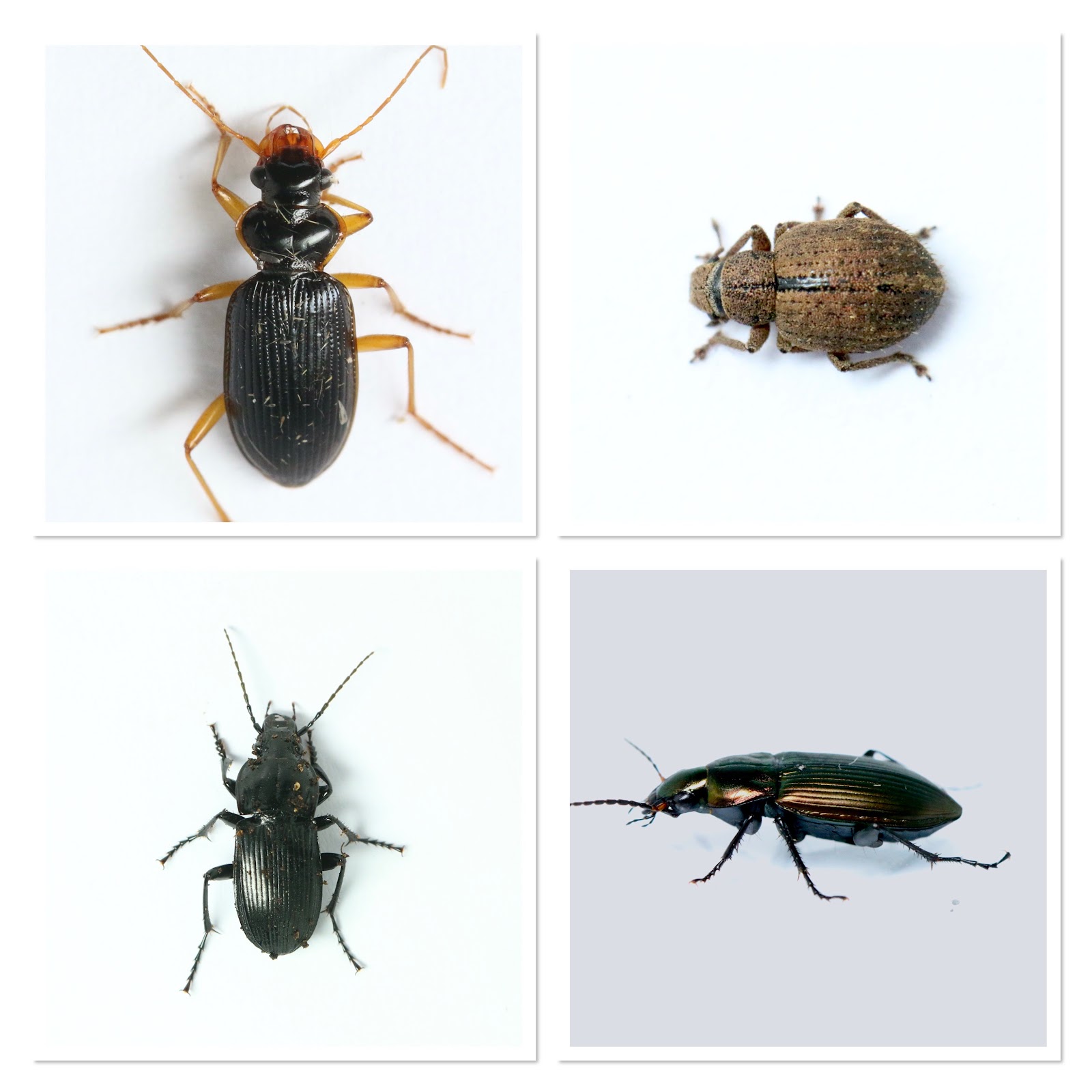Little things please little minds…
It has not been the best of springs so far really…some very chilly days, high rainfall and a distinct feeling that sunshine has been at a premium. In the bird world there have been a few interesting records which I am sure will be blogged about here soon, but for families such as moths and butterflies, things have definitely been slow and we find ourselves perhaps a couple of weeks behind a typical spring, although I am not quite sure what is typical these day!
So, with a little time on our hands it gave us the opportunity to go in search of other Arthropoda. These are the group (more technically a Phylum) of animals without backbones but with a hard external skeleton, segmented bodies and jointed limbs. Within the Arthropoda can be found the Hexapoda (insect and ‘non-insect’ hexapods), the Crustacea (e.g., wood lice, crabs, lobsters), Chelicerata (including spiders and other arachnids) and finally the Myriapoda (millipedes, true centipedes etc).
And where did we look for these? Well, to be honest they are everywhere around us but a good place to start is in leaf-litter and Hazeleigh Wood has a lot of it!
With a bit of trial and error, involving getting back-ache and everything-in-general ache whilst lying on the woodland floor, we came up with an extremely simple way of searching through the debris - a white board on a table onto which we emptied a bucket of leaf litter. Then using the naked eye and a hand lens we picked out interesting creatures. The leaf litter felt very cold and we suspect activity had not really got going but we found a few bits and pieces.
So what did we find? Well, we were spurred on to doing the leaf litter search because the owner of the wood, Maureen Bissell, and myself wanted to find a pseudoscorpion, a member of the Arachnidae. And we found not one but five, all of the same species, whose English name is Common Chthonid, the scientific name of which is Chthonius ischnocheles, which is about 2-3mm in length.
These are one of the predators of the micro world and springtails are a favourite prey, although they will eat pretty much anything they can find and are generally beneficial in that they will take clothes moth larvae, carpet beetle larvae, book lice etc . Springtails used to be considered a true insect but they now form a separate class within the Hexapods. They are very difficult to identify as most are very small but we did manage to identify one, Banded Springtail, Orchesella cincta. This is a similar size to the pseudoscorpion.
The crustaceans were represented by a high-speed wood-louse which proved to be Common Striped Woodlouse Philoscia muscorum, a positive giant at about 8mm in length.
Several beetles were also found and the ones I have been able to identify are (clockwise from top right) Strophosoma melanogrammum, Copper Greenclock Poecilus cupreus, Common Shoulderblade Abax parallelepipedus and Red-rimmed Plate-jaw Leistus rufomarginatus
All of these were in the range 7mm-20mm in length.
We did noticed other species, tiny spiders as well as primitive arachnids and mites, centipedes, absolutely minute springtails and similar looking creatures as well as several tiny white nematodes and the odd earthworm, the latter two are of course not Invertebrates but Nematophora and Annelida, I think! All were way beyond our identification knowledge and likely to remain that way!






No comments:
Post a Comment